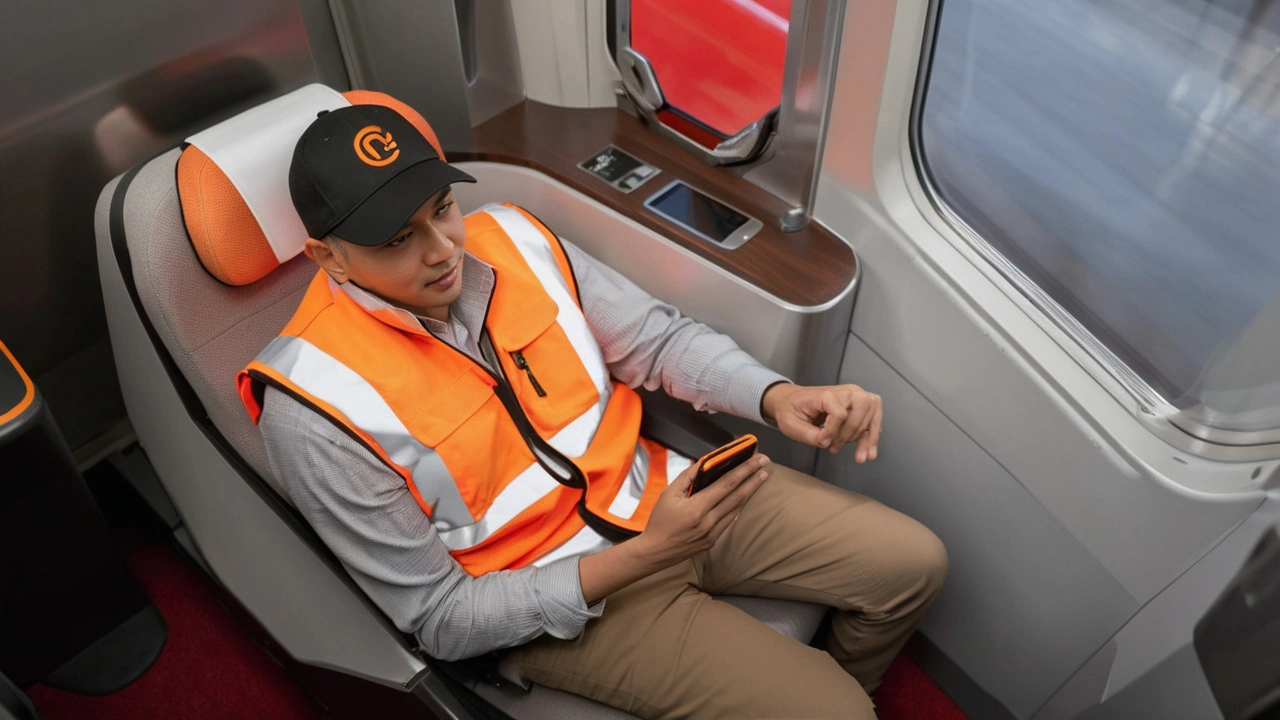Standard Gauge Railway: What it means for Africa
Standard Gauge Railway (SGR) is becoming one of the biggest infrastructure stories in Africa. If you follow trade, travel, or local development, SGR projects change how goods move, how people commute, and how cities grow. This page collects news, uses, and practical notes so you know what to expect from SGR lines across the continent.
Why SGR matters
SGR uses the 1,435 mm track width common in much of the world. That matters because it lets trains run faster, carry more weight, and use modern rolling stock. Faster freight means lower transport costs for exporters and importers. For passengers, SGR can cut travel times dramatically — a trip that took a full day by road can fall to a few hours by rail.
Examples you probably heard of: Kenya’s Mombasa–Nairobi SGR shortened port-to-capital transfers and sparked new logistics hubs. The Ethiopia–Djibouti corridor links landlocked Ethiopia to a major port, improving export routes for textiles and coffee. Those projects show how SGR changes supply chains and regional trade.
Costs, funding and local impacts
Building SGR is expensive. Costs come from track, bridges, tunnels, stations and new trains. Many projects use a mix of government budgets, loans (often from international lenders or partner countries), and private investment. That mix can speed projects but also raises questions about debt and long-term operating costs.
On the ground, SGR brings jobs during construction and new business near stations. But it can also mean land take, resettlement, and environmental work. Communities often see higher land values around new stations — good for some, tough for those priced out.
For governments and businesses, the key numbers to watch are construction timelines, freight tariffs, and projected freight tonnage. Will expected cargo volumes match reality? Low cargo means lines struggle financially; strong cargo can rework trade flows and make ports busier.
SGR doesn’t automatically solve last-mile problems. Roads, warehouses and customs processes still need fixing so rail links truly speed trade. Expect a wave of investments in logistics parks, bonded warehouses, and truck-rail transfer points where SGR lines stop.
Thinking about the environment and communities? Modern SGR planning often includes wetland protections, wildlife crossings, and compensation programs. Track maintenance and local training make a big difference for long-term success.
Curious what to watch next? Follow announcements on new funding deals, final route approvals, and the first cargo runs. For businesses, track tariff decisions and port integration plans. For commuters, look for test runs, timetable releases, and ticket pricing.
If you want updates, bookmark this tag and check stories on project milestones, finance deals, and local impacts. SGR projects reshape regions slowly but permanently — and the next contract, cargo list, or timetable could be the one that matters to your city or business.
Travelers using Kenya's Standard Gauge Railway premium services will need to pay Sh24,000 for a round-trip ticket. The new fare was announced on July 23, 2024, in Nairobi. This update aims to enhance user experience and offer exclusive amenities.
Recent-posts
Aug, 3 2024
Sep, 12 2024






